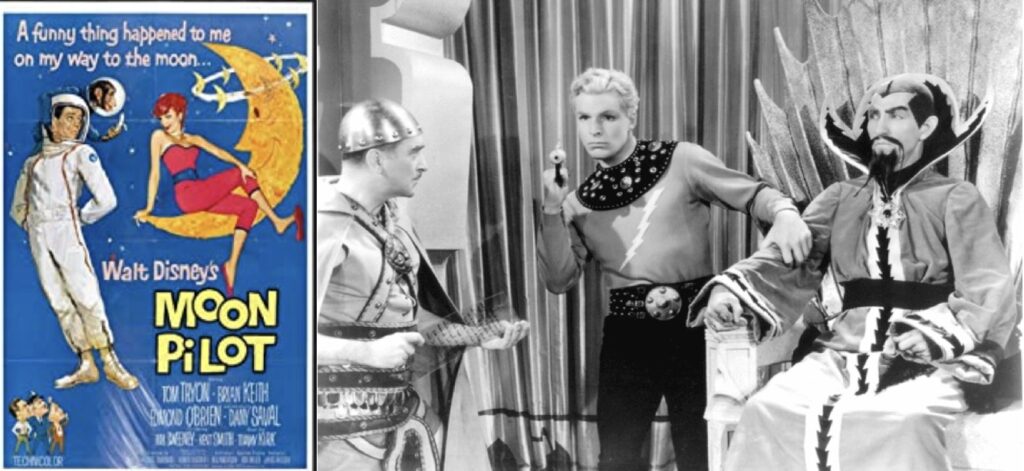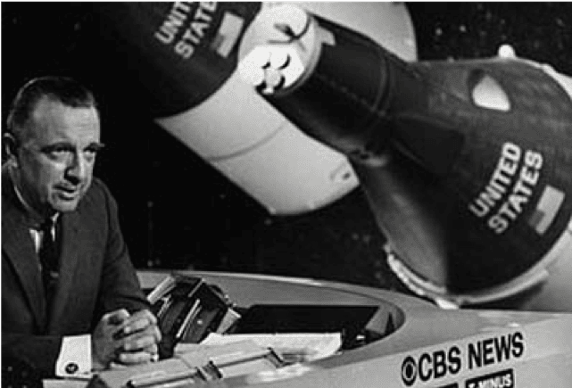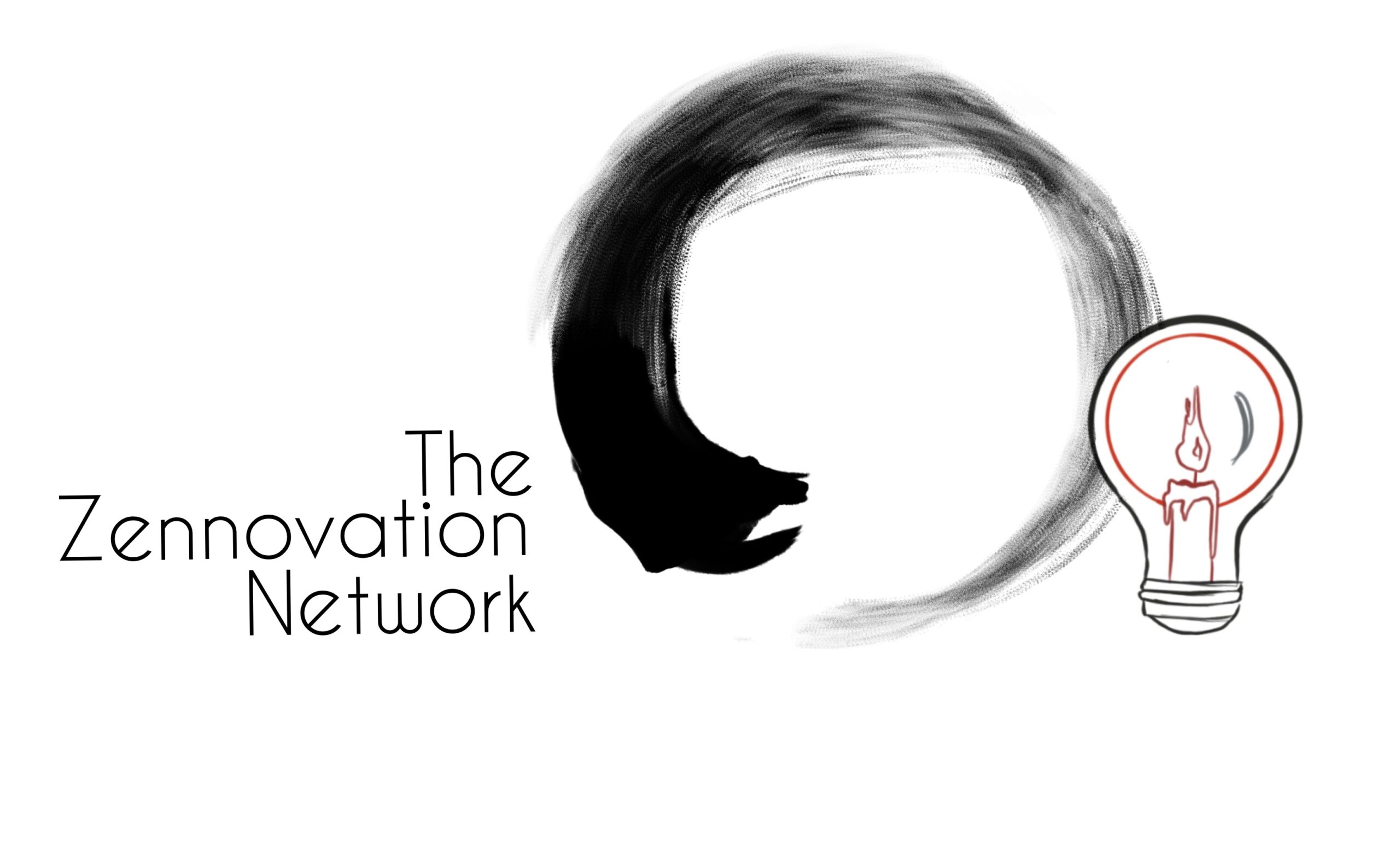When I was 9, the walls of my bedroom were covered, but not with hot rods or my favorite Mouseketeers. They hosted 24″ x 36″ illustrations of every rocket then in the US fleet. Redstone, Atlas, Titan, Agena, and Saturn-I framed my passionate determination to go to space. Werner Von Braun and the Mercury 7 were becoming heroes and writers like Ray Bradbury, and Issac Asimov and Robert heinlein were already there not to mention the nefarious Martians from War of The Worlds. On the big screen there was Moon Pilot and on TV Flash Gordon.

On launch days, I would get up at 3:00AM Pacific time and crouch in front of the RCA black-and-white portable to watch Walter Cronkite live from Cape Canaveral.

20 some years later, I stood 20 feet from the CBS News remote truck and got to shoot 35mm negative of the first ever night launch of the Space Shuttle carrying America’s first woman into space, Sally Ride. When it cleared the gantry, me and a couple hundred other people openly wept for sheer joy.
My preoccupation with space led me to be a “science” kid and at the same time fed my hunger for stories. Here’s the reason: In space, everything is still possible. Rodenberry got it a little off. It isn’t the “final” frontier, it’s the perpetual frontier. You can never get there, you can never run out of mystery and, as tools like the James Webb Space Telescope and today’s evolving physics has made so clear, you can’t imagine anything weirder and more “sci-fi” than the “sci-fact” of what the universe is probably actually like. Want a taste? Check out Brian Greene’s The Hidden Reality or Carlo Rovelli’s Helgoland.
Themed entertainment, my professional playground for a few decades, loves unbounded stories. In fact, the “Tomorrowland Lesson” learned at Disneyland is that you want to stay far enough ahead of quotidian affairs that they can’t catch up with you-although that original Rocket to The Moon attraction is still more magical in my view than 99% of the much higher tech shows we see today. If you think about it, space is almost the perfect theme. It plays to the imagination. It is the ultimate embodiment of the archetypal human longing to fly. It is endless and therefore harbors great potential for the unknown and you can’t really get it “wrong.” It can be beautiful, terrifying, adventurous, thought-provoking, and thrilling all at once. Space may be the only story arc that allows for fantasy and reality in equal measure and puts that control in the hands of the audience. That’s why Ie’ve loved our work on projects like Spaceport America, Spaceport Sweden, Kennedy Space Center Visitor Complex, Future Flight at Super Bowl 51, Flight Works Alabama, and Space Base California. I may still get to fly one of these days but even if I don’t, I’ll still be exploring the endless possibility those rocket ships on my Lemon Street bedroom wall were pointing toward. There are no boundaries out there.

